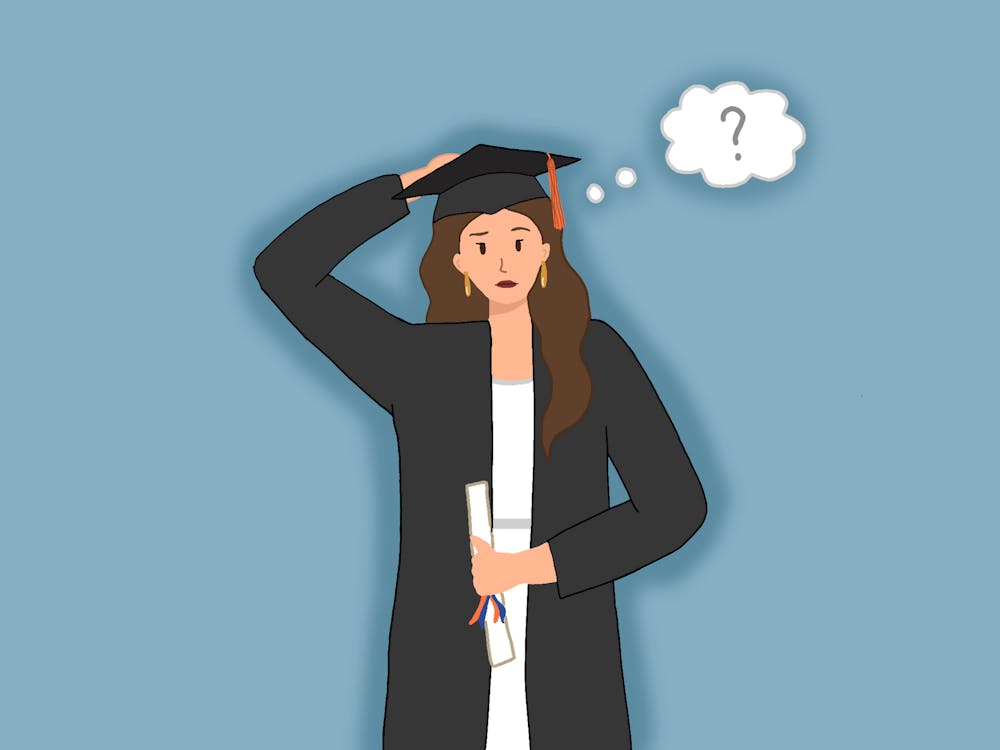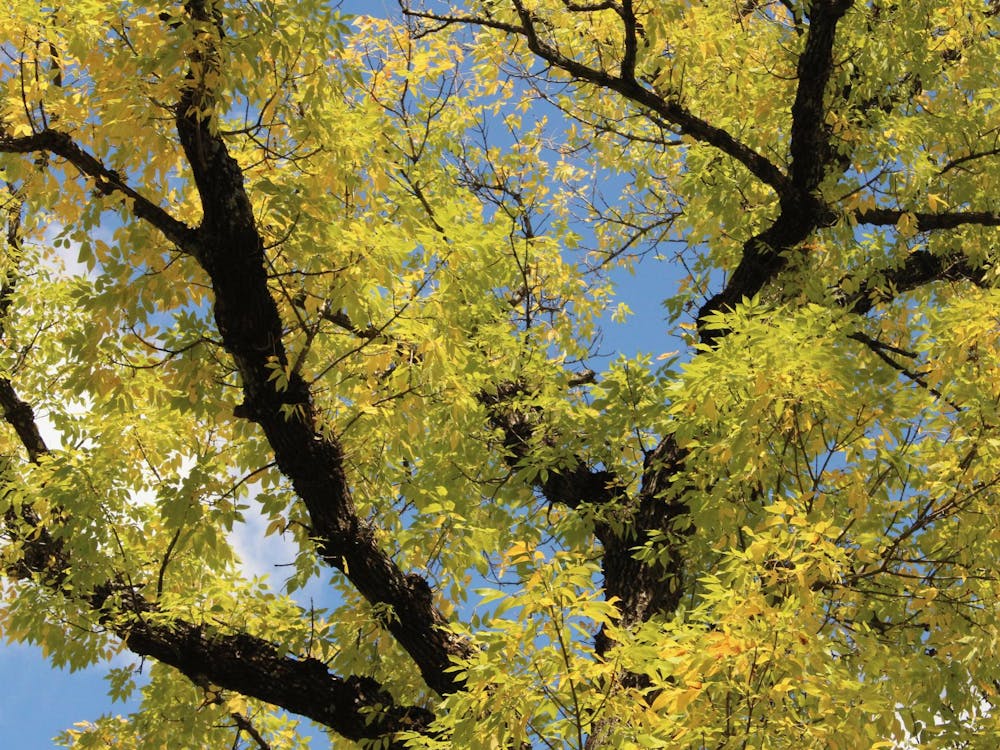On the campus of the University of Texas at Austin, there is a prominent statue of Jefferson Davis. It was built to honor him, as he served as the president of the Confederate States of America during the Civil War. This past March, UT-Austin’s student government passed a resolution in favor of the removal of the statue from campus, with the school’s vice-president elect saying it “serves as a permanent reminder of the atrocities committed against fellow humans.” Just a few days ago, the statue was vandalized for the second time this semester.
The controversy at UT-Austin relates to the ongoing conversations at our University about the idolization of our founder, Thomas Jefferson, and how to best recognize the University’s history of slavery. The pages of this paper have seen criticism and praise of Jefferson, and we have previously written about ways the University can recognize our unfortunate past.
It is difficult to create an environment that addresses a topic as heavy as slavery or the idolization of those who promoted slavery, as opposed to removing existing signs of support for slavery as an institution (which could, arguably, only allow us to hide from the history of that idolization). We wrote in our last editorial on this topic that our University should seek areas around Grounds where the history of slavery can be recognized, not just by creating new memorials but also by acknowledging specific events in the places where they happened (the example we offered was the laying of the University’s cornerstone).
Marking spaces all around the University — and other universities or places where atrocities took place — would create an environment in which individuals would have to confront this sad history, instead of seeking to confront it by going to memorials that are off the beaten path. Of course, acknowledging slavery doesn’t address ongoing or other instances of oppression, but it is one situation of oppression in our school’s history that is possible to mark in physical spaces. While we can try as a University to qualify our appreciation of Jefferson in our speech, statues and plaques commemorating his contribution to the University are ubiquitous. But if next to those statues or plaques we also equally recognized the work of enslaved laborers or the use of enslaved labor, we would never find ourselves only seeing the good — we would have to acknowledge the full story.
Most bricks on the Lawn were laid by enslaved laborers; what if those bricks carried engravings denoting those laborers’ names and contributions? There are obvious logistical issues with this suggestion, but it points to a broader idea: that we should acknowledge and understand the oppression of the people who built the spaces in which we walk.
We cannot confront a history of slavery and the idolization of slavery’s supporters through specific memorials alone. Slavery was ubiquitous, and therefore markers of its existence and impact should be ubiquitous, too. As we strive to confront this history and best navigate the waters of simultaneously appreciating and condemning the contributions of major historical figures, making our physical spaces reflect that contradiction can only help.






